Coming up for air, after more than a week of … well, stuff. Firstly, Blondie and I decided to bring out the sequel to Chronicles of Luna City at the end of this months, rather than try and do three books all at once at the end of the year. I have the sequel to Lone Star Sons to write, and The Golden Road to finish – those last two got set aside in the rush to finish Luna City and Sunset and Steel Rails in time for the Christmas market season. Inspiration, OK? It strikes where it will. So – finishing that sequel and going through editing and layout, and devising new pictures for the chapter heads … and right in the middle of all that, my main computer chooses to not be able to internet. Seemed to be a purely mechanical thing – as in some connection in the innards not being able to connect – and I had some handy work-arounds, which were sabotaged by the wireless router crashing shortly thereafter. And then my daughter’s computer crashed utterly and irretrievably. Sigh.
This is why we have a spare everything, in boxes in the closet. Computer, monitor, router … and also why I back up everything to a thumb drive and an external hard drive as soon as I finish writing a chapter. And a laptop, which those generous people running the Amazon Vine program offered me earlier this year. I will never forget that horrible day around Christmas 2007 when I was just about ready to sit down and write that fifth chapter for Adelsverein: The Gathering – where Carl and Magda meet cute on the bank of a river when she is desperate and he is heroic – and the then-current computer crashed, taking all four previous chapters with it. My dear late friend, Dave the Computer Genius was able to sort out the crippling virus infestation after a couple of days, retrieve all my files (including the chapters!) and revive the then-current computer unit to serve for a few years more … but prepared is to be forewarned. Hence the redundant back-ups. And I also bought into some particularly effective virus-killing programs and have used them religiously ever since. This is my livelihood, OK?
Still, it does take some time to migrate everything to the new unit/units. It’s rather like a PCS – moving into a new space. There is some time required to settle everything familiar into the new location, get comfortable with the layout, locate the new electrical switches – especially because the new units and the laptop came already pre-loaded with Windows 10 … as well as some kind of leftover function that made me sign-in repeatedly, if I walked away from the computer or didn’t move the mouse or strike a key in one minute. Took two days to sort that one out, which tends to tell on the writing time, let alone re-installing certain necessary programs, which I was foresighted enough to have on original discs. (What is with this thing about paying a monthly fee to have certain programs available – a rant for another occasion, I think.)
Anyway, now settled into the new work-space and picking up those writing projects set aside, and thinking about new ones. What to work on when I finish The Golden Road? I’ve been toying with the thought of a WWI novel, since there are characters in The Quivera Trail and Sunset and Steel Rails of an age to have been affected by it. I may still do something of the sort, but writing about how the 19th century world came to an end in bloody mass-slaughter of men and empires, not to mention a certain degree of confident optimism … at this present depressing time, I don’t need any additional depression. I’m toying more energetically with the idea of an adventure set in the American Revolution; how the original Becker paterfamilias came to America as a Hessian mercenary, and deserted at the end of the war to stay behind, marry a local girl named Katerina, and set up a prosperous farm in Chester County, Pennsylvania. That would be more to my liking – picking up the circumstances briefly mentioned in Daughter of Texas, with a young Margaret Becker fondly recalling her grandfather; the wisest, kindliest and most humorous man of her acquaintance, who made certain that she and her brothers spoke proper German.
How careful he had been in speaking the old language, ensuring that she and Rudi said words in the proper way, so that Oma Katerina laughed and laughed, saying that the children sounded as if they had a broomstick up their backsides, so prim and careful with words and sounding like proper children of Hesse. Margaret had never thought that Opa had been sad about leaving his family, and his soldier comrades. The story of Opa and Oma had a rightness about it, the comfort of a familiar fairy-tale for children; of course young Opa Heinrich should stay in America and marry the young Oma Katerina. That was the happy ending which all fairy tales had.
That will be an interesting book to write, although I shall have to stretch my research library in a whole ‘nother direction; I do have some materiel about late 18th century America and life in the colonies – but more will be required.
And I will have to find the time to get out the sewing machine and start to work on my author-garb for the upcoming year – the Edwardian-style walking suit and a towering period hat to wear with it.

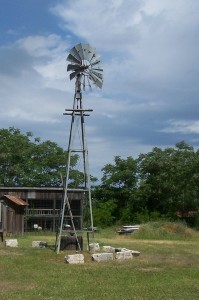

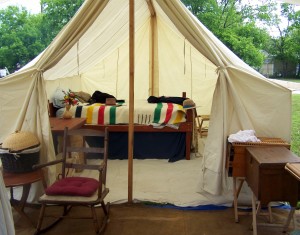
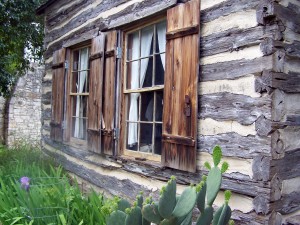
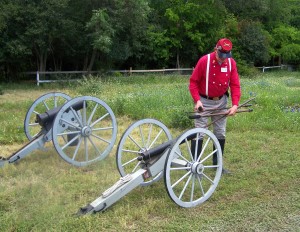
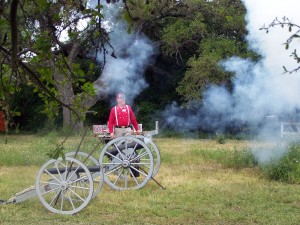
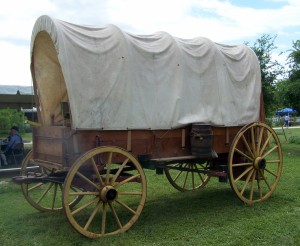

Recent Comments